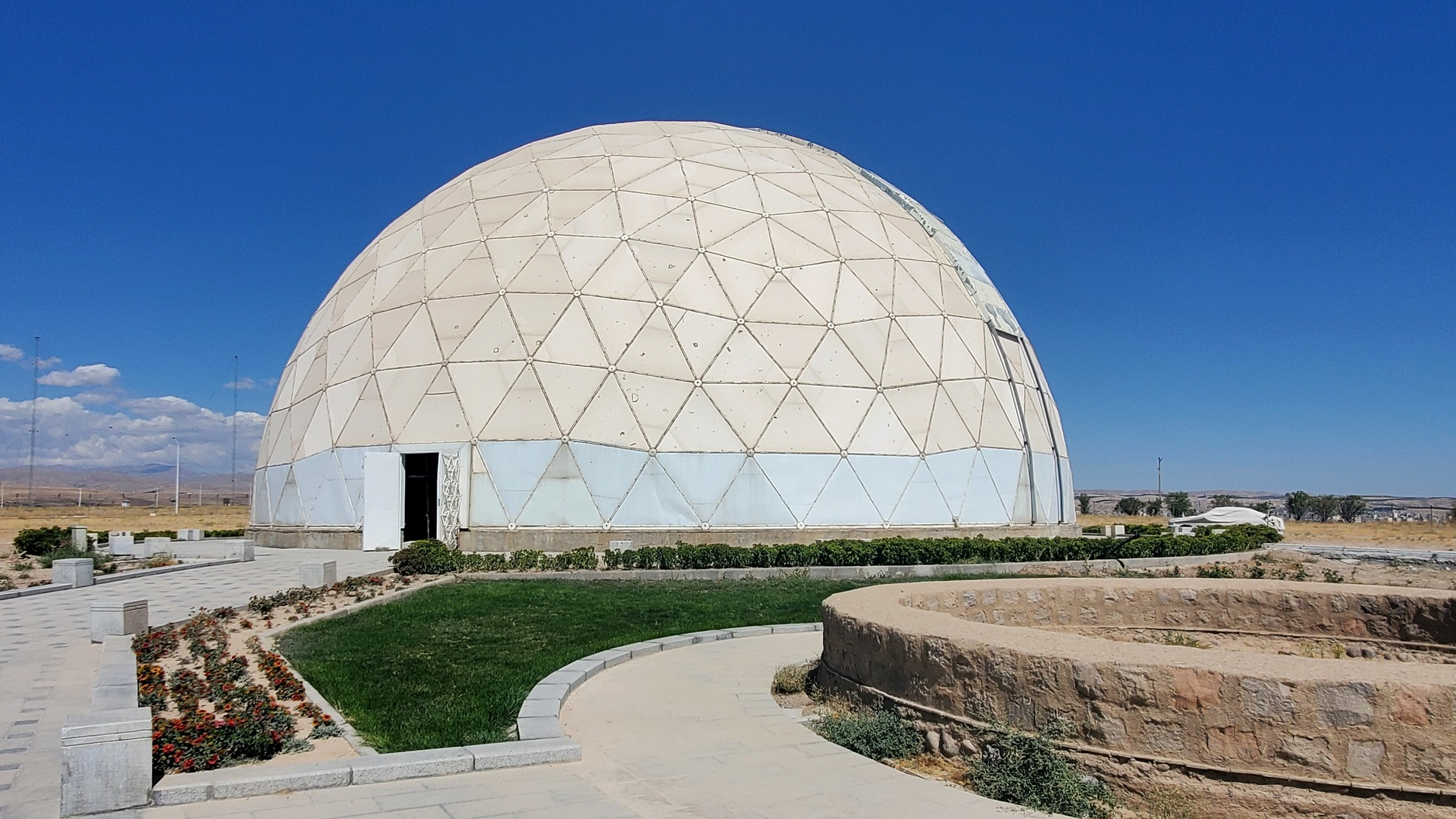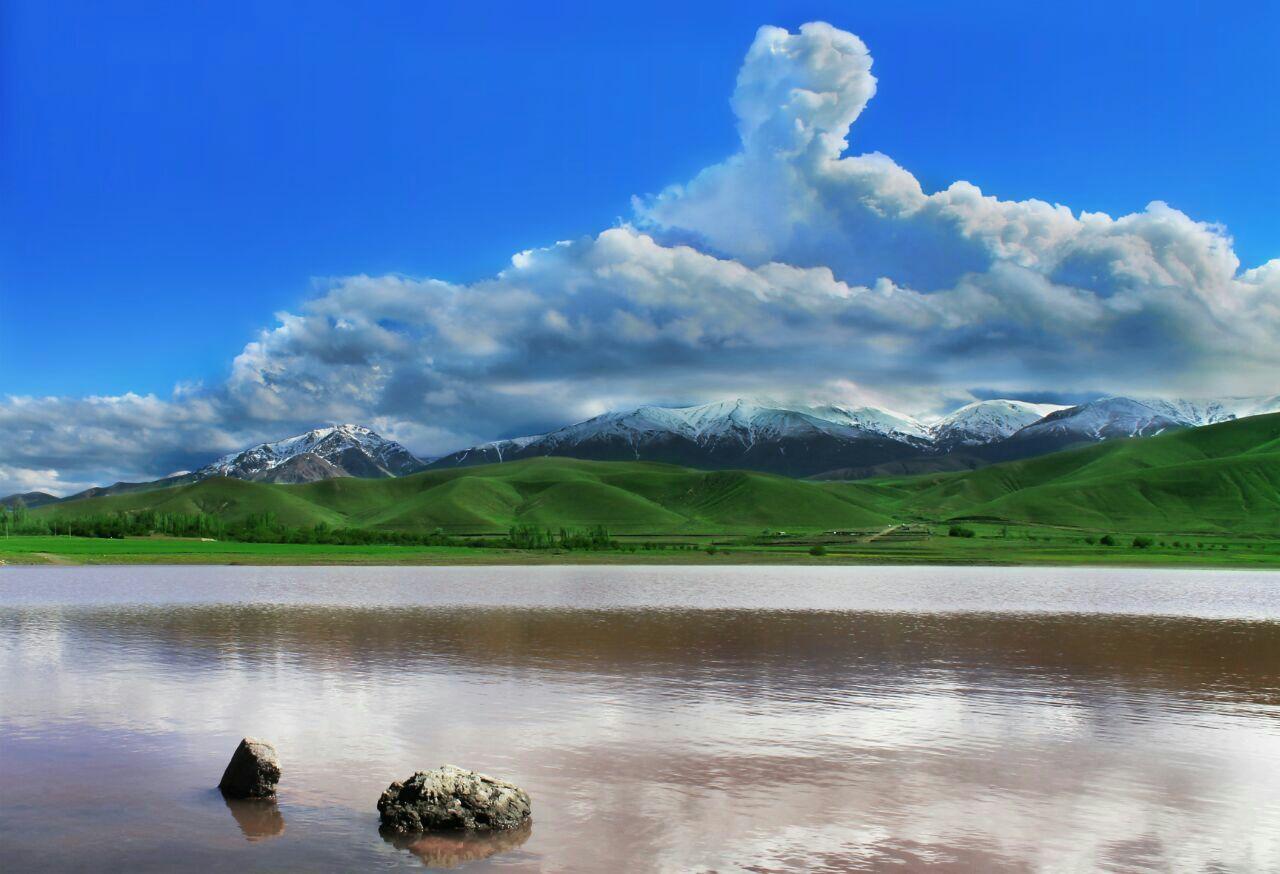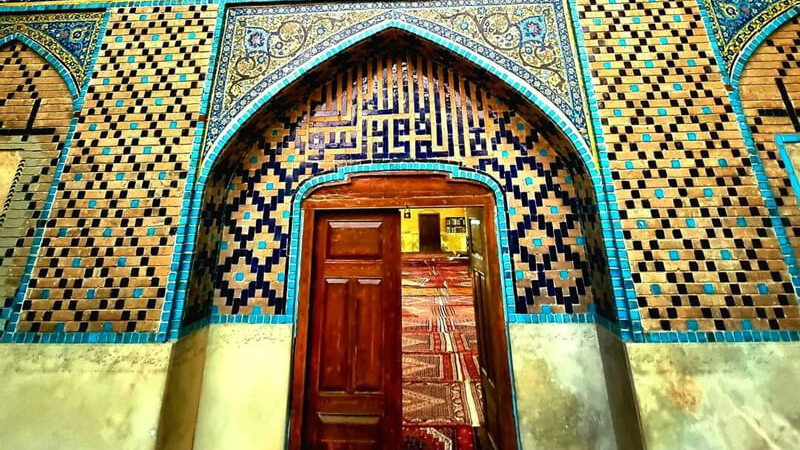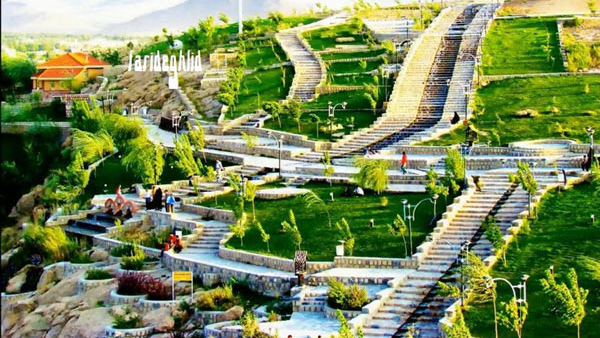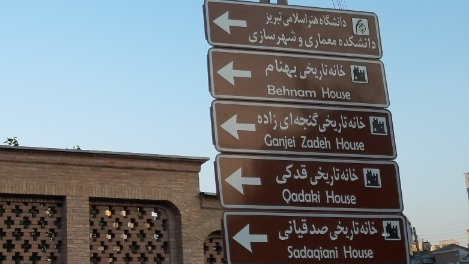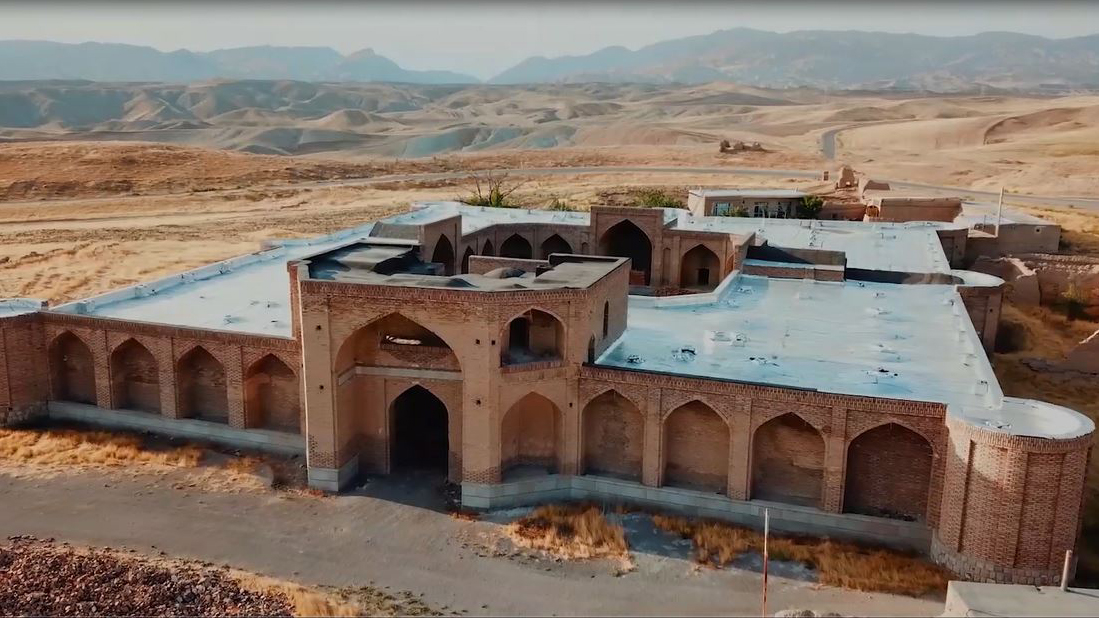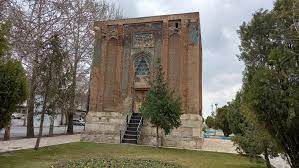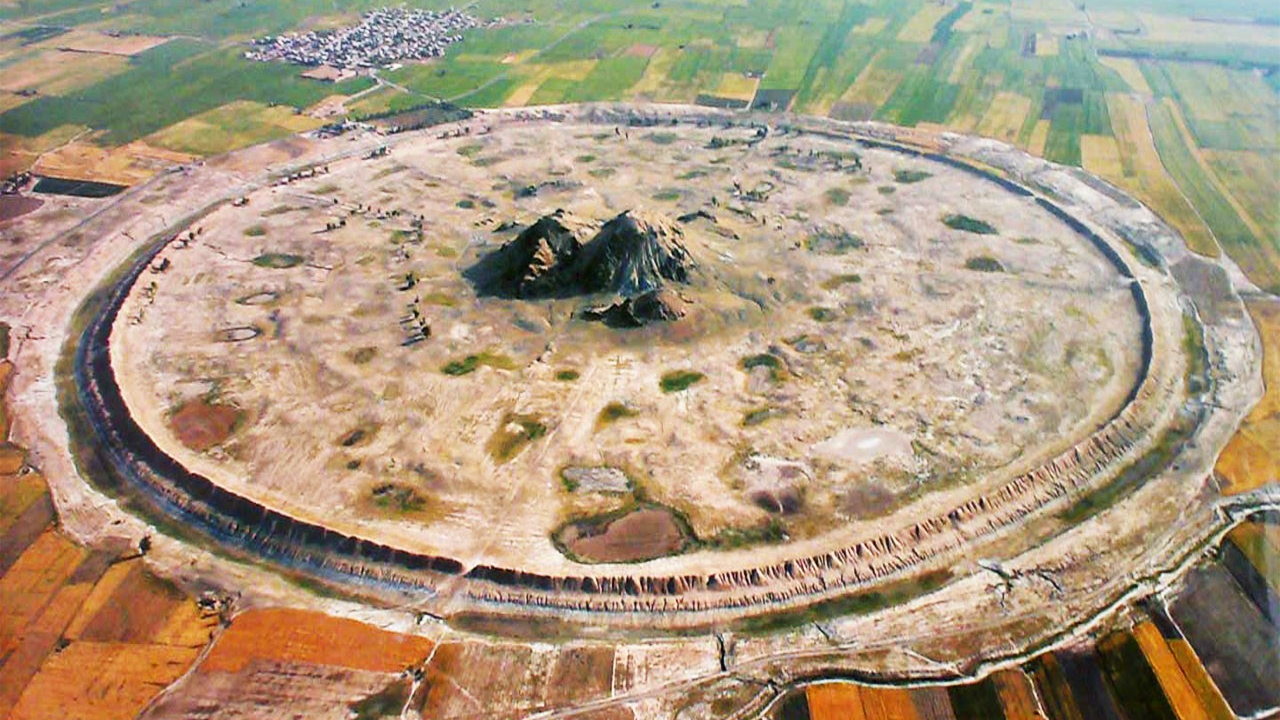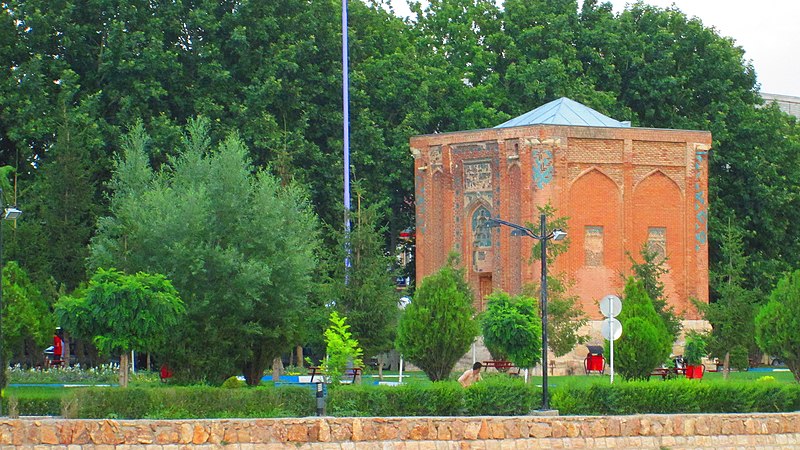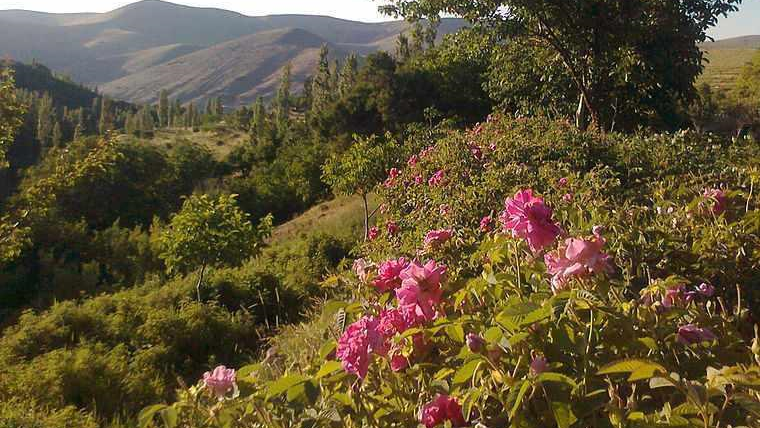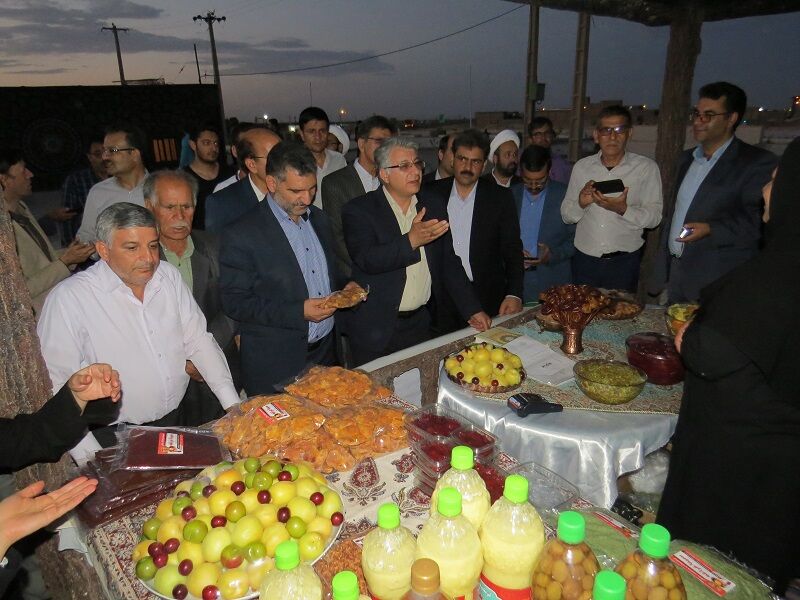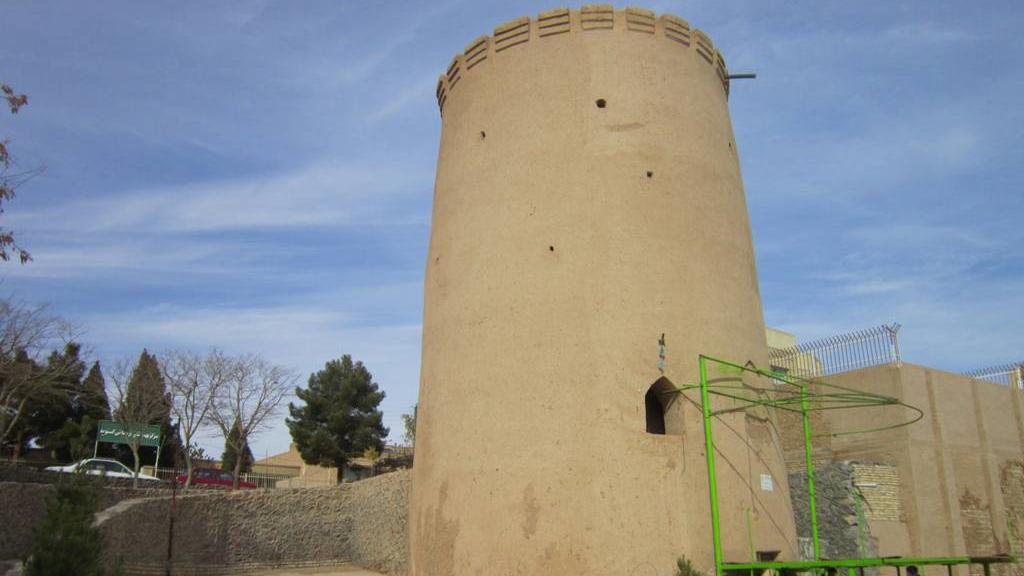
Khan Bathhouse of Sanandaj
Iranian public bathhouses existed in all the old neighborhoods of different cities and provided services to the people. In Sanandaj, too, which is one of the old cities of Iran, and presently the capital of Kurdistan Province, different neighborhoods had a bathhouse in the past, one of the oldest of which is the Khan Bathhouse or Pirzahiri Bathhouse located in the north of the roofed bazaar of Sanandaj and in an old area of the center of this city.
History of Khan Bathhouse of Sanandaj
There is an inscription in this bathhouse, which shows that its construction dates back to the reign of Amanullah Khan Ardalan in Kurdistan. According to this inscription, the construction of this bathhouse had been completed in the year 1805 AD. has ended. Sometime later, i.e. in 1916 A.D., Farhad Mirza Motamed al-Doulah, the parental uncle of Naser al-Din Shah (reigned from 1848 to 1896), renovated this building during his rule over Sanandaj. The limestone decorations that were in this building were restored during the course of renovation and a couple of inscriptions were installed in the north and south of the platforms of the bathhouse.
Since a person by the name of “Zahiri” had taken over the ownership of this bathhouse sometime later, hence, the Khan Bathhouse is also known as Zahiri Bathhouse. One year after being inscribed on the list of Iran’s national heritage, this building was renovated again.
Features and Architectural Style of Khan Bathhouse
Various materials such as stone, brick, lime, and mortar have been used in the construction of this bathhouse. Like all old bathhouses, this one, too, has different parts, including the entrance portal, vestibule, Sarbineh (cold bath), middle door, Bineh (hot bath), Khazineh (water tank), Khalvati (dressing room), washrooms, additional water reservoir and Tun (the place for heating water, which is located under the water tank).
Sarbineh (cold bath) and Bineh (hot bath) are connected through the middle door. There are beautiful ponds and fountains in this building, which were filled with water from qanats. There are a number of fountains in each part of the bathhouse, which have made the Khan Bathhouse look very beautiful. There are three fountains in the Sarbineh section, two fountains in the Bineh section, and one in each of the dressing areas. In the course of restoration, two more fountains were also discovered by the side of the platforms, which, according to the evidence, were later on filled.
The use of marble and stones, which were available near the construction site, is one of the important features of the Khan Bathhouse. An interesting point about this bathhouse is that it houses different statues of different guilds such as khans, cloth dealers, wrestlers, etc.
The entrance to the bathhouse has, in the style of Iranian Zorkhanehs, a short portal and people have to bend down to enter it. This entrance is located a little below the ground level and to reach it one has to take a few steps down. A place can be seen next to the entrance door where a person named “Dakhldar” (cashier) used to sit and people would put the bath charges in a bowl on his table.
Cu Currently, a part of the Khan Bathhouse has been handed over to the private sector and is used as a traditional Iranian restaurant.
Decorations of the Khan Bathhouse
The Khan Bathhouse of Sanandaj is quite beautiful and unique in terms of its decorations for which lime and tiles have been used. Motifs of peacocks, flowers, plants, animals, and humans can be seen on the walls of the bathhouse. Such motifs were commonly used throughout Iran during the Qajar era.
The images of four peacocks, some birds, and some people can also be seen on the ceiling of Sarbineh (cold bath), which gives a special beauty to the building. Arabesque designs are drawn on the border of these motifs in such a way that the viewer imagines that a frame of flowers has been created around the motifs.
Keeping in view its historical importance, the Khan Bathhouse was inscribed on the list of Iran’s national heritage in the year 1999 AD.
There is an inscription in the Khan Bathhouse, which shows that its construction dates back to the reign of Amanullah Khan Ardalan in Kurdistan. According to this inscription, the construction of this bathhouse had been completed in the year 1805 AD.
| Name | Khan Bathhouse of Sanandaj |
| Country | Iran |
| State | Kurdistan |
| City | Sanandaj |
| Type | Historical |
| Registration | National |
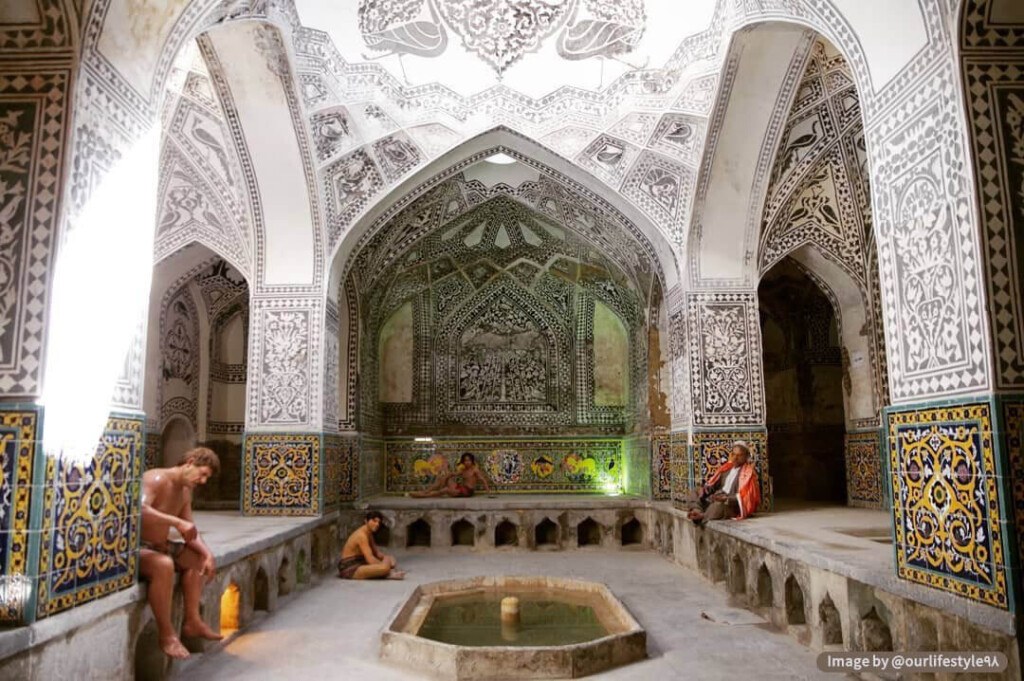

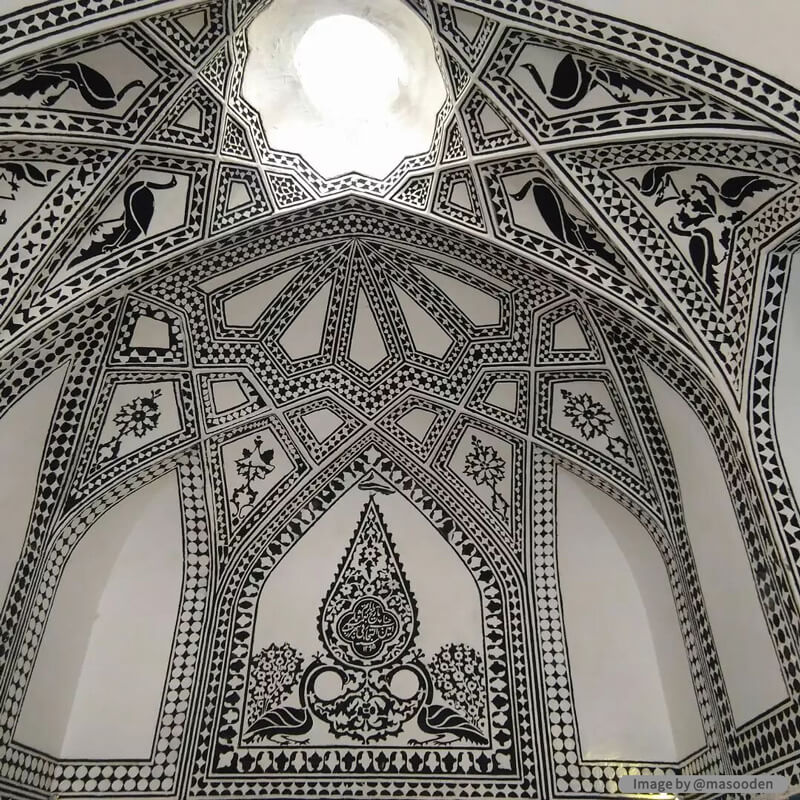



Choose blindless
Red blindless Green blindless Blue blindless Red hard to see Green hard to see Blue hard to see Monochrome Special MonochromeFont size change:
Change word spacing:
Change line height:
Change mouse type:
